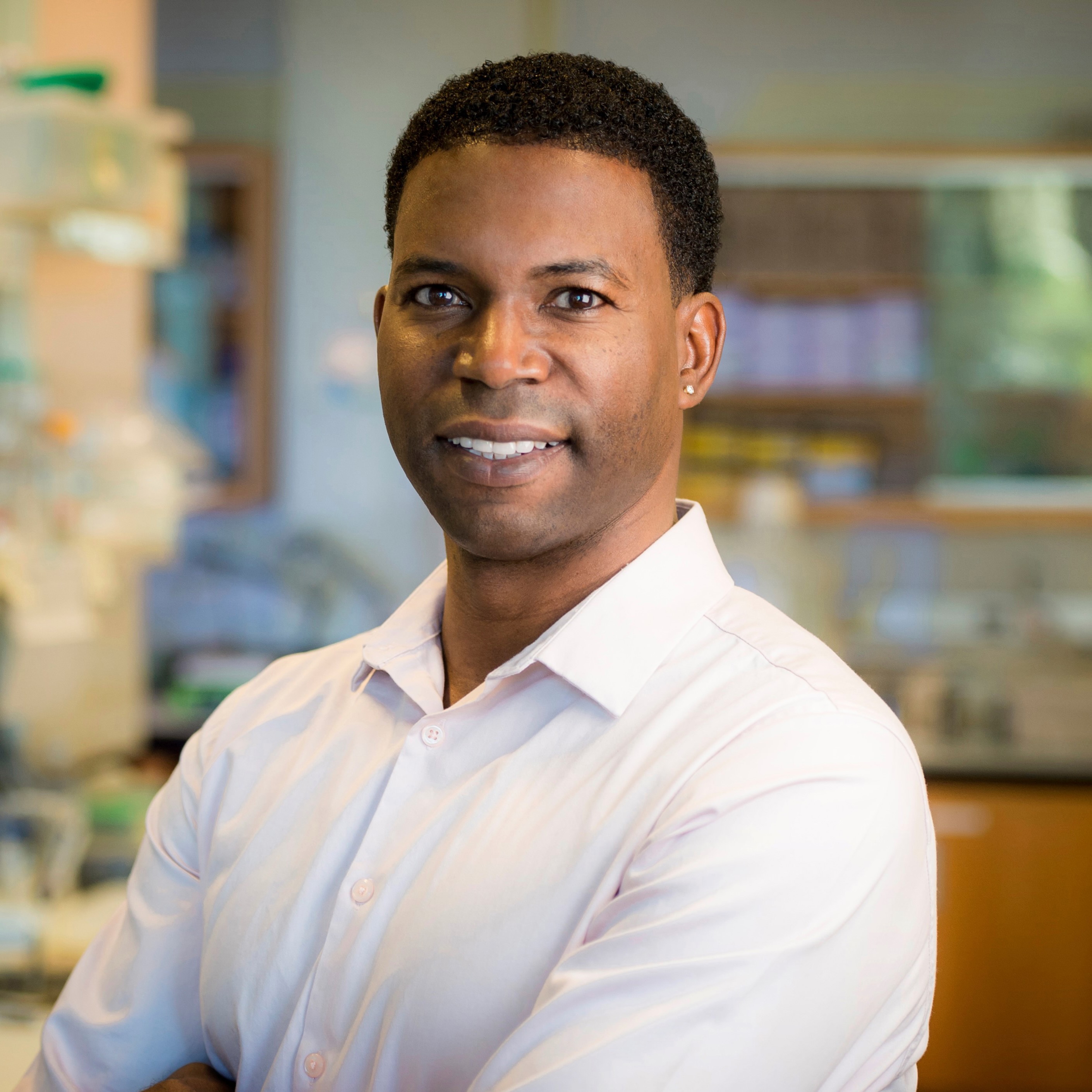Dr. Patrick studies how synapses (connections between neurons) are formed and maintained in the central nervous system (CNS) of mammals.

Gentry Patrick, Ph.D.
Vice Chair of Neurobiology (University of California, San Diego)
Dr. Patrick was introduced to science during his sophomore year at UC Berkeley, when he got a student job cleaning glassware. He quickly moved from this job to a taking on research projects, and went on to earn a master’s degree at UC San Francisco and his Ph.D. at Harvard. After a postdoctoral fellowship at CalTech, he joined the faculty at UC San Diego in 2004.
The nervous system consists of neurons (nerve cells), which send electrical impulses around the body to coordinate movement. In many species, the nervous system is divided into two parts: the central nervous system (CNS), which includes the brain and spinal cord, and the peripheral nervous system (PNS), which includes everything else. In both the CNS and PNS, connections between neurons are called synapses. An electrical signal travels from the cell body of a neuron along its axon (a long projection) to a synapse. At the synapse, the neuron will release a chemical signal (neurotransmitter) that travels across the short gap to the next neuron. Once that neuron takes up the neurotransmitter, it will start sending an electrical signal down its axon.
It is known that synapses change over time, which is thought to reflect strengthening of connections that are used repeatedly and pruning (removal) of connections that aren’t used. This is called synaptic plasticity, and Dr. Patrick is interested in how it works. Specifically, he wants to understand how neurons can be so specific in which synapses to keep and which to get rid of. He believes that very tight control over protein expression — especially of neurotransmitter receptors — in different parts of the neuron is key to this.
Cells can control the amount of a given protein in many ways — but they all fall into two categories. Either the cell can stop/slow down creation of the protein (transcriptional and/or translational regulation) or it can get rid of the protein once it is made (degradation). Dr. Patrick is interested in a central protein degradation pathway called the ubiquitin-proteasome system (UPS), which has been shown to play an important role in growth and development of cells.
The system (as the name suggests) has two components. The proteasome is an organelle (cell compartment) that contains degradation enzymes, which break down proteins into their component parts, allowing the building blocks to be recycled. (It makes sense that the cell would want to keep these highly degradation enzymes separated from the rest of the cell to prevent random destruction.) Outside the proteasome, proteins that need to be degraded are “tagged” with a small protein called ubiquitin. Usually, a protein will be tagged with a couple of ubiquitin molecules, and then another protein will “read” this signal and escort the protein to the proteasome for recycling.
Dr. Patrick hopes to show that the UPS is important both for development and maintenance of plasticity — as well as for neurodegenerative diseases like Alzheimer’s.